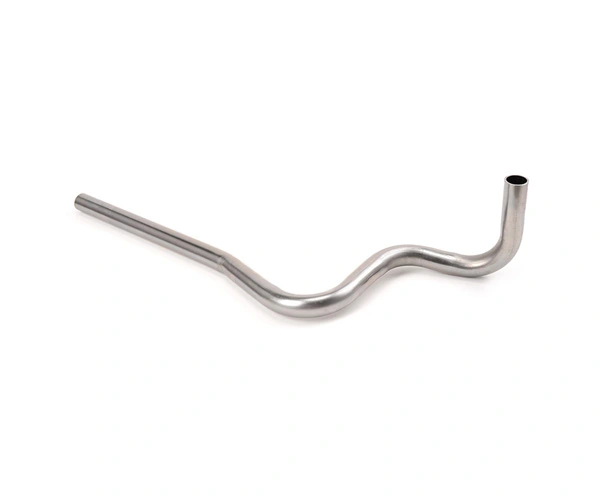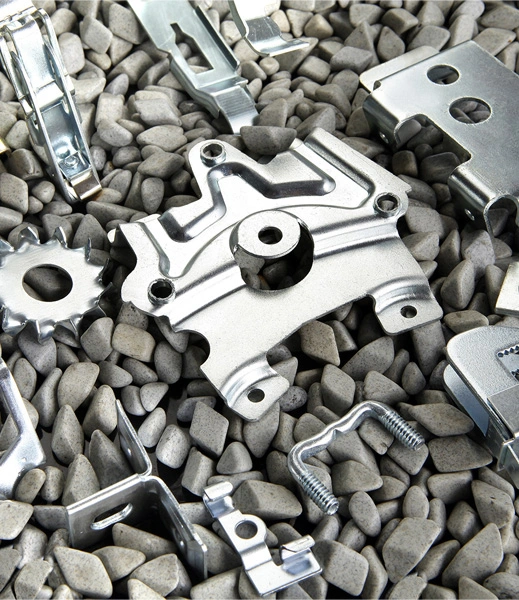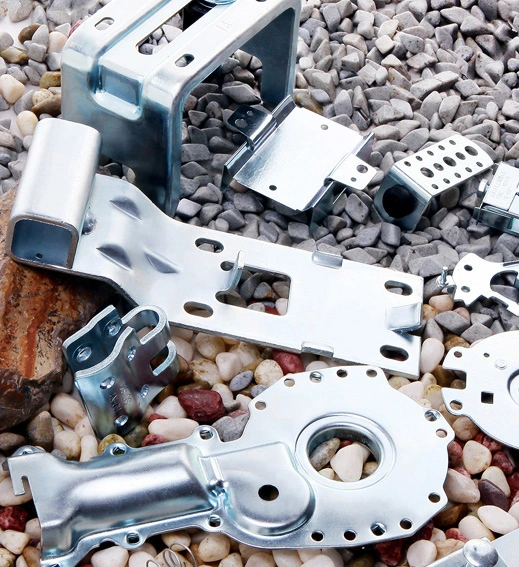


Material: SS304 SS316
Superficie: Grind
Tamaño personalizado
Tolerancia: ISO 2768-C
Tubo de flexión y soldadura, mango de carro, doblado de tuberías
From the process analysis, it can be seen that common defects in bent pipes mainly take the following forms: severe flattening at the arc (elliptical), excessive thinning of the outer pipe wall of the arc, bending cracks on the outer side of the arc, wrinkling and bending rebound on the arc side, etc. As the radius of the bent pipe varies, the way and location of the first four defects may vary, and they may not necessarily occur simultaneously, while the elastic rebound of the bent workpiece is inevitable. The existence of defects in bent pipes can have a significant negative impact on the quality of bent pipe fittings. The thinning of the pipe wall thickness will inevitably reduce the pressure bearing capacity of the pipe fittings, affecting their performance in use; The distortion of the cross-sectional shape of bent pipes may cause a decrease in cross-sectional area, thereby increasing the resistance of fluid flow, and also affect the functional effect of the pipe fittings in the structure; The wrinkling of the pipe wall not only weakens the strength of the pipe, but also easily causes uneven flow velocity of the medium, generates eddy currents, and accumulates dirt in the bent parts, affecting the normal use of bent pipe fittings; The rebound phenomenon inevitably causes the bending angle of the pipe to be greater than the predetermined angle, thereby reducing the accuracy of the bending process.
Therefore, corresponding measures should be taken before bending to prevent the occurrence of the above-mentioned defects, in order to obtain ideal pipe fittings and ensure the performance indicators and appearance quality of the product. In general, targeted measures can be taken for the several common defects mentioned earlier:
(1) For pipe fittings with severe flattening on the outer side of the arc, the clamping die can be designed with a reverse deformation groove structure when conducting coreless bending. When conducting cored bending, suitable core rods should be selected (flexible core rods assembled from multiple segments can be used if necessary), installed correctly, and the axis of the pipe groove of each component should be ensured to be on the same horizontal plane when installing the mold.
(2) The thinning of the outer side of the arc during small radius bending is determined by the characteristics of the bending process and is inevitable. In order to avoid excessive thinning, a commonly used and effective method is to use a pipe bending machine with a side pushing device or a tail pushing device to offset some of the resistance during pipe bending, improve the stress distribution on the cross section of the pipe, move the neutral layer outward, and thus achieve the goal of reducing the thinning of the outer pipe wall of the pipe.
(3) For the situation of bending cracks on the outer side of the pipe arc, first ensure that the pipe has a good heat treatment state, then check whether the pressure of the clamping die is too high and adjust it to the appropriate pressure. Finally, ensure that there is good lubrication between the core rod and the pipe wall to reduce the resistance of the bend and the friction between the pipe wall and the core rod.
(4) For wrinkling on the arc side, corresponding measures should be taken according to the wrinkling position. If the front cut point is wrinkled, the mandrel position shall be adjusted forward to achieve reasonable support for the pipe when bending; if the rear cut point is wrinkled, anti wrinkle block shall be installed to ensure the correct installation position of anti wrinkle block, and the die force shall be adjusted to appropriate; If the circular arc side is full of wrinkles, it indicates that the diameter of the core rod used is too small, resulting in a large gap between the core rod and the pipe wall, or the compression force is too small, which cannot make the pipe fit well with the bending die and anti wrinkle block during the bending process. Therefore, the core rod should be replaced and the clamping die adjusted to ensure appropriate clamping force.
(5) For the phenomenon of bending rebound, compensation and correction methods are mainly used to control it. The compensation method is to comprehensively analyze the influencing factors of bending rebound, estimate the size of rebound in advance based on various conditions and rebound trends during bending, and correct the dimensions and geometric shapes of the convex and concave working parts during mold design and manufacturing to achieve "over normal" bending. The correction method is to take measures on the mold structure to concentrate the correction force at the corners, change the stress state, and strive to eliminate elastic deformation and overcome rebound. For example, in the bending process, a tensile force is applied while bending, so that the entire section is under the action of tensile stress. When unloading, the elastic recovery and deformation direction are consistent, which can significantly reduce the rebound amount.



